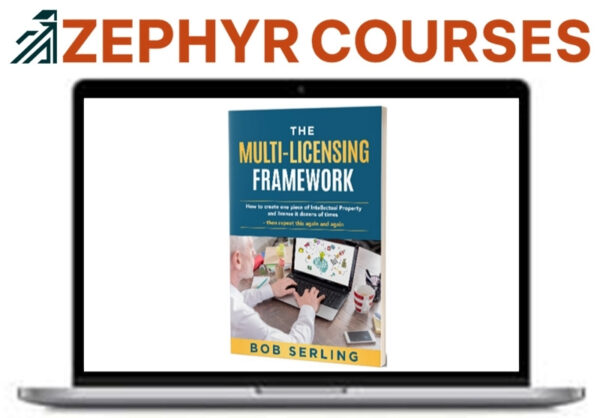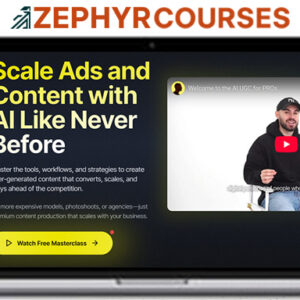Description
Understanding the Core Principles of Multi-Licensing
When you grasp the core principles of multi-licensing, you reveal a powerful strategy for scaling your intellectual property. At its heart, multi-licensing means granting multiple parties the right to use, sell, or distribute your creations under clearly defined terms.
This approach leverages core concepts like exclusivity, territory, and duration, allowing you to customize agreements to fit different markets or industries. By understanding these core concepts, you position yourself to maximize reach without losing control.
The licensing benefits are substantial. You can generate recurring revenue, tap into new customer bases, and reduce your operational burden.
Instead of handling everything yourself, you empower partners to expand your work’s impact. Ultimately, multi-licensing gives you flexibility and a scalable path to long-term growth.
Steps to Implement Bob Serling’s Framework
Now that you understand the core principles behind multi-licensing, it’s time to put Bob Serling’s framework into action.
First, identify assets in your business that others would value enough to license. Next, create clear, compelling licensing offers outlining terms and benefits for both parties. Draft contracts that protect your interests while remaining attractive to potential licensees. Start reaching out to targeted prospects using personalized communications.
As you move through these steps, you’ll quickly notice the framework benefits—scalability without proportional increases in effort or cost.
However, be prepared for implementation challenges. You may face difficulties in asset selection, contract negotiation, or finding the right partners. Stay focused, iterate your approach, and use feedback to refine your process.
With persistence, you’ll access new revenue streams efficiently.
Real-World Examples and Results
Although the multi-licensing framework might seem abstract in theory, real businesses have achieved remarkable results by applying Bob Serling’s strategies.
You can see how companies leveraged this approach to forge successful partnerships and drive impressive revenue growth. For example, entrepreneurs have used licensing to expand their reach without heavy investments or new infrastructure. By partnering with established brands, they’ve tapped into ready-made markets and multiplied income streams quickly.
Picture these tangible results:
- A small tech firm partners with a global corporation, instantly scaling its solution worldwide.
- A consultant licenses proprietary content, transforming it into recurring royalty payments.
- A product creator teams up with multiple distributors, each generating new revenue channels.
When you embrace Bob Serling’s methods, you position yourself for exponential growth through strategic, well-structured deals.
Frequently Asked Questions
What Kind of Customer Support Is Available for Framework Users?
If you’re a framework user, you’ll find various customer assistance options and strong support resources availability. You can access email support, FAQs, and training materials, so you’re never left without guidance or answers when you need help.
Are There Any Ongoing Fees or Royalties Required?
When you consider ongoing costs, you’ll want to look at any royalty structures before committing. Some frameworks require ongoing fees or royalties, while others don’t. Always review the terms to understand exactly what you’ll be responsible for.
How Long Does It Take to See Results After Implementation?
When you focus on your implementation timeline and follow the recommended steps, you’ll typically start noticing expected outcomes within a few weeks. However, your results can vary depending on your effort, market, and how consistently you apply the strategies.
Is the Framework Suitable for Beginners With No Licensing Experience?
If you’re a beginner, you’ll benefit from a framework that covers licensing basics and guides you step by step. You don’t need prior experience—just follow the process, and you’ll quickly understand how to leverage licensing opportunities.












 Abyss The Trader – Trading Course
Abyss The Trader – Trading Course  Aeromir – Butterfly and Condor Workshop
Aeromir – Butterfly and Condor Workshop  Alchemist FX – Alchemist FX 2023
Alchemist FX – Alchemist FX 2023  Core 100 Training - Tony Robbins
Core 100 Training - Tony Robbins